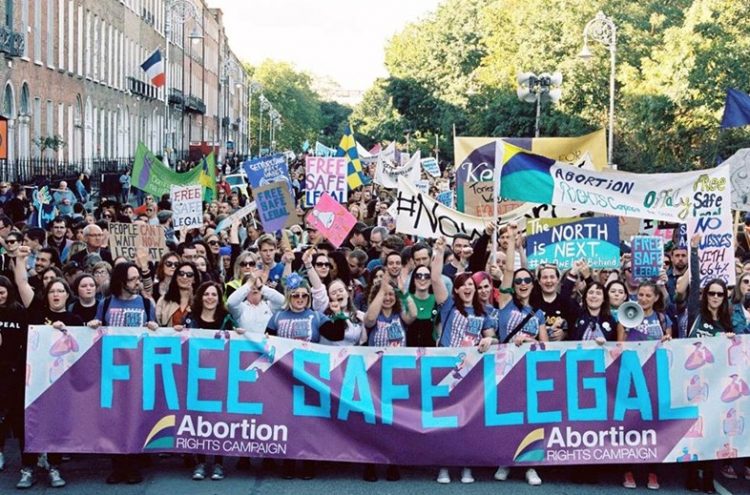Feature from Dazed Digital
Culturally, 2019 is off to a good start, and that partly seems to be because of a sudden resurgence of the early 90s. We have a new Sleater Kinney album on its way (produced by St. Vincent – Sleater Kinney are living proof that lesbians win at positive-relationships-with-exes) and tour dates from Bikini Kill. Riot grrrl counterculture is alive and well, and bringing punk ideals to the mainstream.
The riot grrrl movement originated out of the US’s Pacific Northwest punk scene. In a mostly male-dominated environment, women were not only pushed out, but made to feel unsafe, and so formed their own bands to confront the problem. They continued the anti-consumerist ethics of punk, but with a more feminist agenda, creating safer spaces for women and LGBTQ people. Think Bikini Kill and Sleater Kinney, but also Bratmobile and Babes in Toyland. Riot grrrl became a way to put across ideas as well as giving women who had been sidelined a creative outlet. By putting on their own gigs and distributing zines and leaflets, riot grrrls were creating a network of activists. But the movement in the early 90s wasn’t without pitfalls – playlists were overwhelmingly white, a situation acknowledged by Heavens to Betsy’s White Girl, but that’s slowly changing with a new wave of musicians, writers, and artists. The ferocious sounds of black feminist punk band Big Joanie, Irish garage punk trio Sissy, and the acerbic Skinny Girl Diet are its soundtrack.


This spring, Picador will publish Andrea Lawlor’s debut novel Paul Takes The Form Of A Mortal Girl in the UK. Written by a genderqueer author, it’s best described as “90s punk Orlando”. Paul Polydoris can change his body at will; beef up his muscles to become more masculine, or shrink his genitals into a female form. He can change his voice, face, hair to be whoever he wants to be, on an immediate basis. There are graphic depictions of Paul’s sexual encounters sandwiched between critical gender theory discussions and mixtapes he makes for his crush. The book is a pretty wild ride, but the very existence of Paul makes an interesting point. Why is it that we’ve become so interested in bringing back this particular strain of counterculture?
For the full feature to Dazed Digital








